Back to Nature
Cat’s claw wraps in the Amazon, hay treatments in the Dolomites and seaweed baths in Ireland: Fleur Rollet-Manus seeks out wellness retreats with a passion for provenance
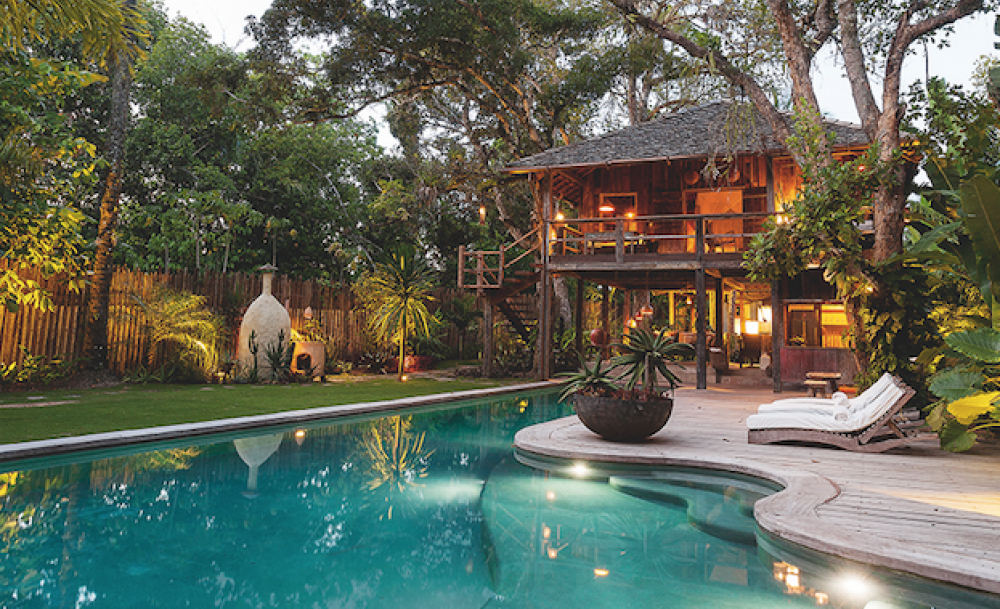
Cat’s claw wraps in the Amazon, hay treatments in the Dolomites and seaweed baths in Ireland: Fleur Rollet-Manus seeks out wellness retreats with a passion for provenance
A blustery, invigorating walk along sweeping sands on the northerly edge of Ireland’s Atlantic coast can cure many of life’s ills, but what lies at your feet can do even more. In Strandhill, a lesser-known stop on the Wild Atlantic Way, seaweed has long held great importance, with locals only too aware of its beneficial properties. In the 12th century monks used it to feed the poor; later, in 1912, it was used in the communal bathhouses; and now, Voya Seaweed Baths have introduced their take on the age-old bathing tradition. Voya’s co-founder Nick Walton hand-harvests the seaweed from the bay just outside the bathhouse window to preserve all its beneficial ingredients and natural, nourishing chemicals, to be used within the baths’ sleek, five-star therapy rooms. Start off with a steam treatment to open pores, before immersing yourself in a cast-iron tub filled with velvety seaweed and hot saltwater pumped directly from the Atlantic. Sink into the mineral-rich bath for 50 minutes to remove toxins from the body, aid muscle recovery and de-stress. To enhance the treatment, grab handfuls of the seaweed and squeeze until a gel, rich in organic goodness, is released. To continue to get the benefits after you leave, follow the locals’ lead and take some seaweed home for your vegetable patch. It’s hailed by many as a secret weapon in growing award-winning veggies. voyaseaweedbaths.com
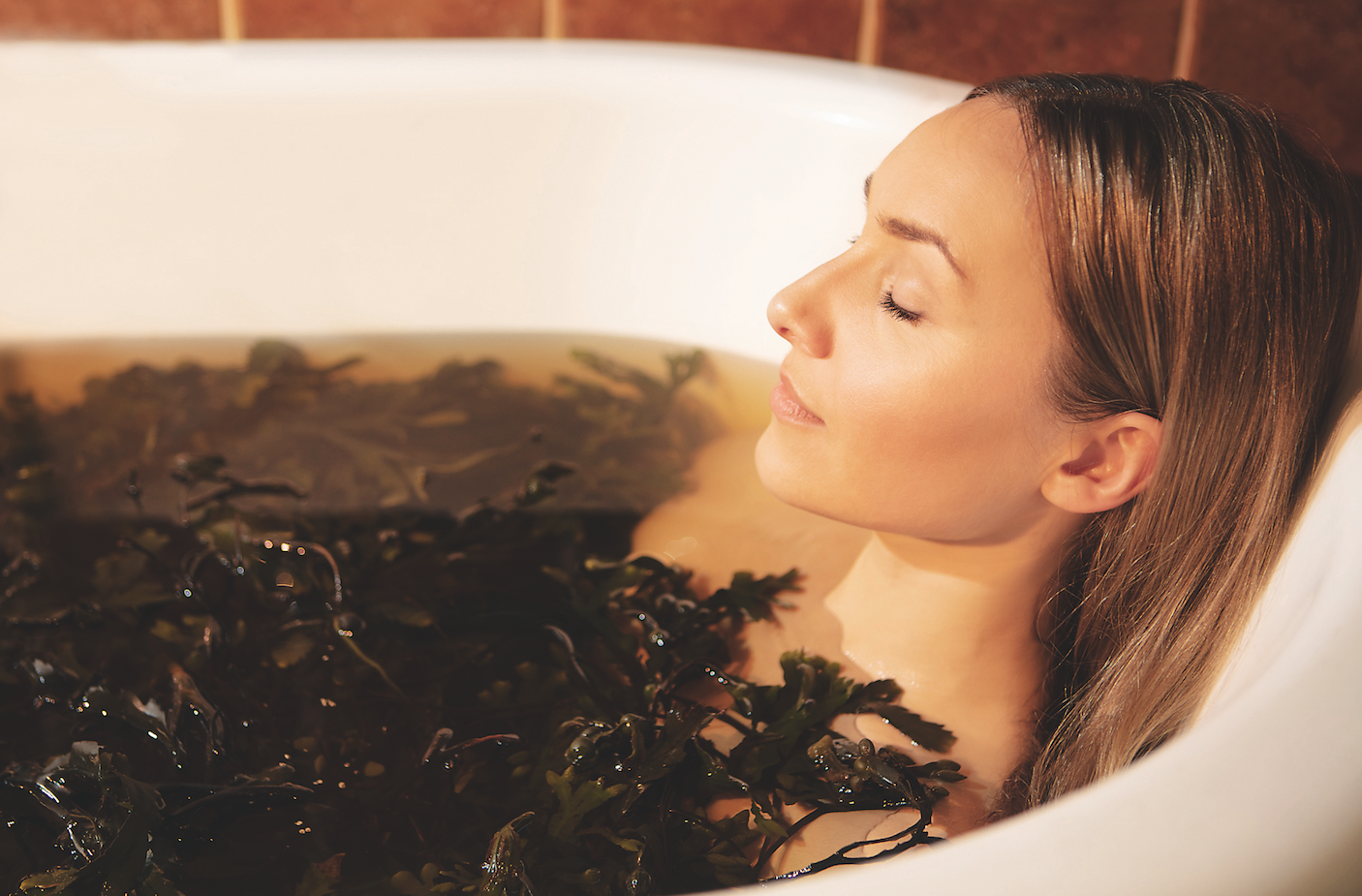
Stroll from the tropical waters of Mexico’s Caribbean coast and follow the white smoke trail of copal (a sacred tree resin) through the thick Quintana Roo bush to find Yäan Wellness, where the secrets of the ancients have found a new home near the town of Tulum, a world away from any hustle or bustle. The healers here – indigenous therapists hailing from neighbouring Mayan villages – use their ancestral knowledge to perform treatments amid the comforts of a modern-day spa. Take, for instance, the 80-minute Sobada Maya deep-tissue massage, once used to remove ‘energy blocks’ on warriors about to do battle. It uses a soothing concoction of locally grown and sacred herbs including rue, white sage and basil, all plucked fresh daily from the rooftop garden.
Alternatively, try the Healing Water Circuit where you slink into crystalline water pools fed by the Yucatán’s natural sinkholes before a spa valet appears in flowing white garbs – like your own personal wellness angel – to guide you to the next stage of an experience whose origins lie deep in the mists of time. Senses are stimulated further with tea elixirs and bespoke bush body scrubs, before you’re left to soak in a marble hammam. Top things off by staying in one of sister hotel Be Tulum’s high-spec treehouses. yaanwellness.com
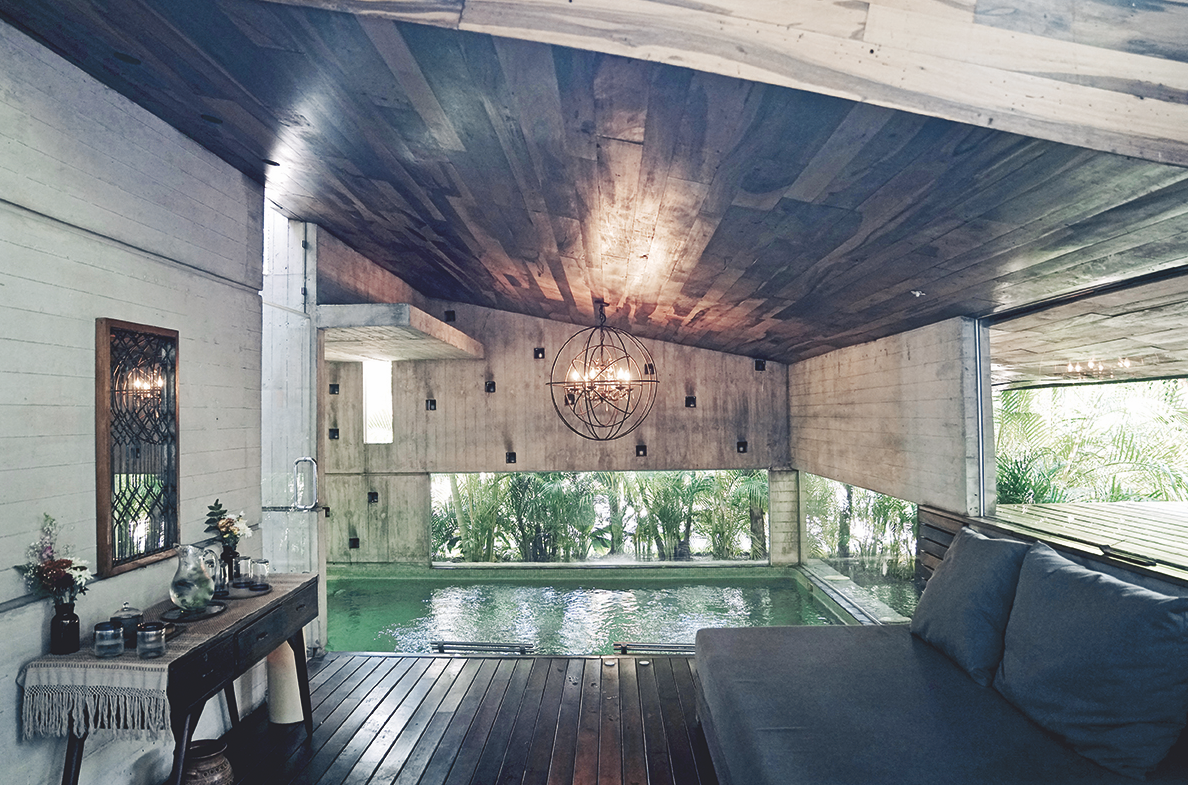
River from the eastern Andes through Peruvian rainforest and it would be easy to miss the ENA Spa on its banks, overlooking Rolin Island. ENA Spa is as immersed within its Amazonian home as the pumas that slink between towering trees, the hummingbirds that flit in and out of trunks and the caimans that snap at the riverbanks. To the exotic soundtrack of the local wildlife choir – even the calls of the howler monkeys are surprisingly soothing – you relax in bamboo-hut treatment rooms – and benefit from thousands of years of Peruvian wisdom. Tropical plants such as cat’s claw – renowned locally as a cure-all botanical – have been used for generations. Named because its vines curve upwards around tree trunks, cat’s claw is traditionally used by the Ese’Eja people to ease ailments and relieve pain.
At ENA Spa, they share that belief, making the most of its anti-inflammatory and detoxifying properties in stress-relieving therapeutic massages and wrap treatments. One involves being covered in a cooling gel containing the sap of the cat’s claw and wrapped in cloth for 20 minutes, allowing the body to soak up its goodness. The spa utilises the rainforest as a wellness dispensary, whipping locally grown cocoa plants into exfoliators, using cocoa milk to rehydrate skin and copaiba to salve sunburn. Your overnight stay here is in luxe wooden cabanas. inkaterra.com
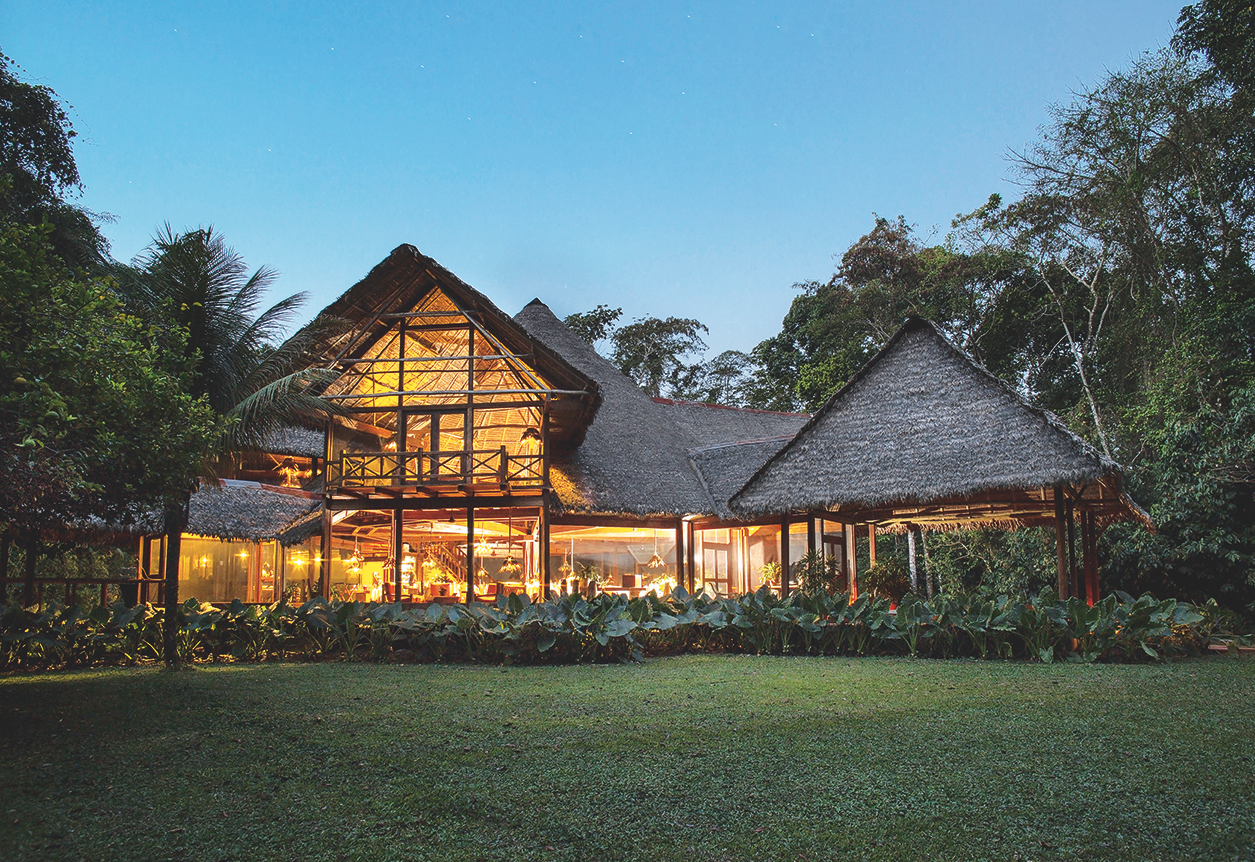
At the exact point that Portuguese explorer Pedro Álvares Cabral ‘discovered’ Brazil in 1500, is a laid-back fishing town harbouring a unique approach to holistic wellness. Perched on a hill behind dense mangrove forests is the town of Trancoso, in Bahia, home to a rainbow of multicoloured fishing cottages and a church made from sun-bleached coral blocks and whale bones. Its boutique neighbour, UXUA, blends into its surrounds with poster-paint-coloured casas and began as a designer’s holiday home, before growing into a community project fuelled by local artisans and creative spirit. At its core, the 11-casa abode promotes, protects and preserves the traditions and livelihoods of the Pataxó Indians who have lived here for centuries.
Calling upon their wisdom and tribal traditions, the spa champions products made solely from domestic ingredients: antioxidant-rich pitanga (cayenne cherries) are made into body polishes, hydrating virgin coconut oil goes in the massage oils and dark cocoa, grown in the resort’s gardens, is used in exfoliators. Their signature ingredient is the resin of the almescar tree. Possessing cell-regenerating properties, it’s found in everything from cacao facials to the ‘moonbath’ pre-sun-body scrub and hot stone massage. After your treatment, lounge around the pool which is filled with 40,000 teal quartz stones, said to possess powerful healing properties. uxua.com
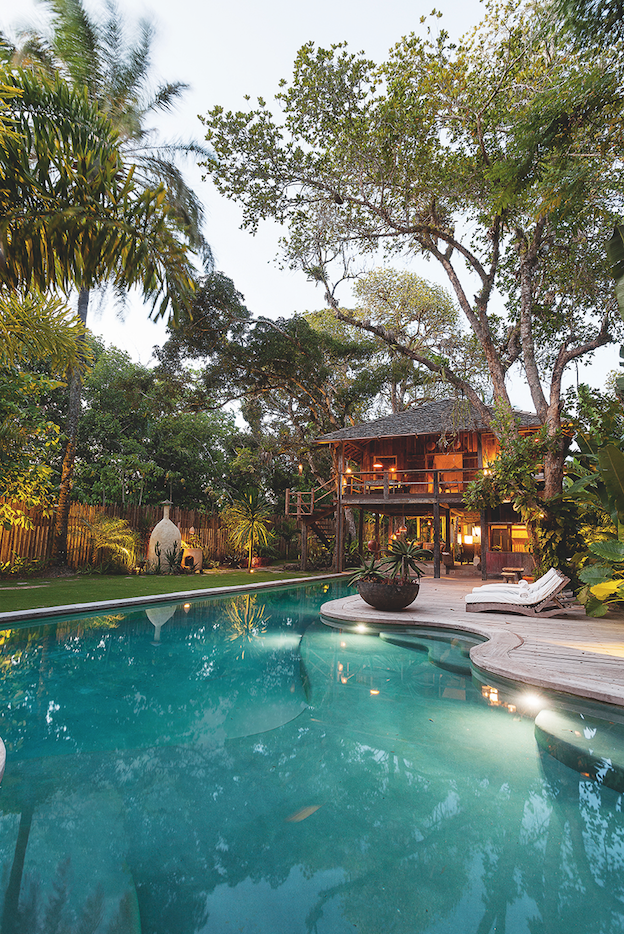
Speckled across the Gulf of Thailand, off the southern coast of Vietnam, you’ll find the 20 islands that make up the archipelago of Phu Quoc. Swaying palms, translucent waters and sands the colour of freshly caught pearls all come as standard in this tropical paradise, but it’s the famed black pepper that attracts wellness retreaters. The islands are known for growing the world’s best black pepper and Fusion Resort Phu Quoc, at the quieter, southern end of the archipelago, harvests its own. Its therapists are experts on pepper’s properties and how best to use them. That could be using the oil, which emits a deep warmth, to tone and ease aching muscles during their deep-tissue massages or in a diffusion, where it delivers a sense of alertness and mental clarity. Before your treatment, guests are encouraged to pick their own peppercorns from the farm to be turned into oils by the in-house wellness ‘mixologist’, who blends it with locally grown mung beans, turmeric and rice. The resulting oil, rich in natural muscle stimulants, is then applied during a ‘natural living pepper’ massage, which blends Swedish and South East Asian techniques to ensure strained muscles are soothed and made supple. The treatment is part of the resort’s wider, wall-to- wall wellness ethos, which also includes daily hatha yoga sessions, meditation and Tai Chi. Making the clean-living lifestyle even more amiable are the villas, complete with private pools, sunken wooden bathtubs and lovely monsoon showers. fusionresorts.com

Aside from being the alpine alternative for in-the-know skiers, the Dolomites are home to a string of year-round wellness treatments that have been perfected by generations of farmers. The unlikely spa pioneers unearthed the restorative properties of raw mountain hay after nights spent sleeping in hay-strewn barns. Whisperings of the farmers’ energetic demeanour travelled and, in 1871, the first hay bath was born.
To sample the modern-day equivalent, visitors trek through wildflower-filled meadows to reach family-run Hotel Heubad, a nine-room building perched at the bottom of the imposing Langkofel mountain. More rustic barn than polished-granite luxury spa, Hotel Heubad has been practising the pioneering Fiè hay-bath treatments since 1903. They don’t use just any hay either; this hay is taken from the high-altitude Alpe di Siusi meadows, which are harvested only once during the blossoming period to preserve the hay’s nutrients. Guests are wrapped in warm, damp hay, then dusted off – but not washed – to allow the hay to continue doing its work. hotelheubad.com

Subscribe and view full print editions online... Subscribe